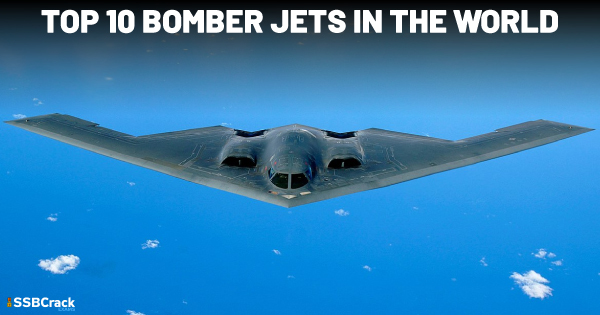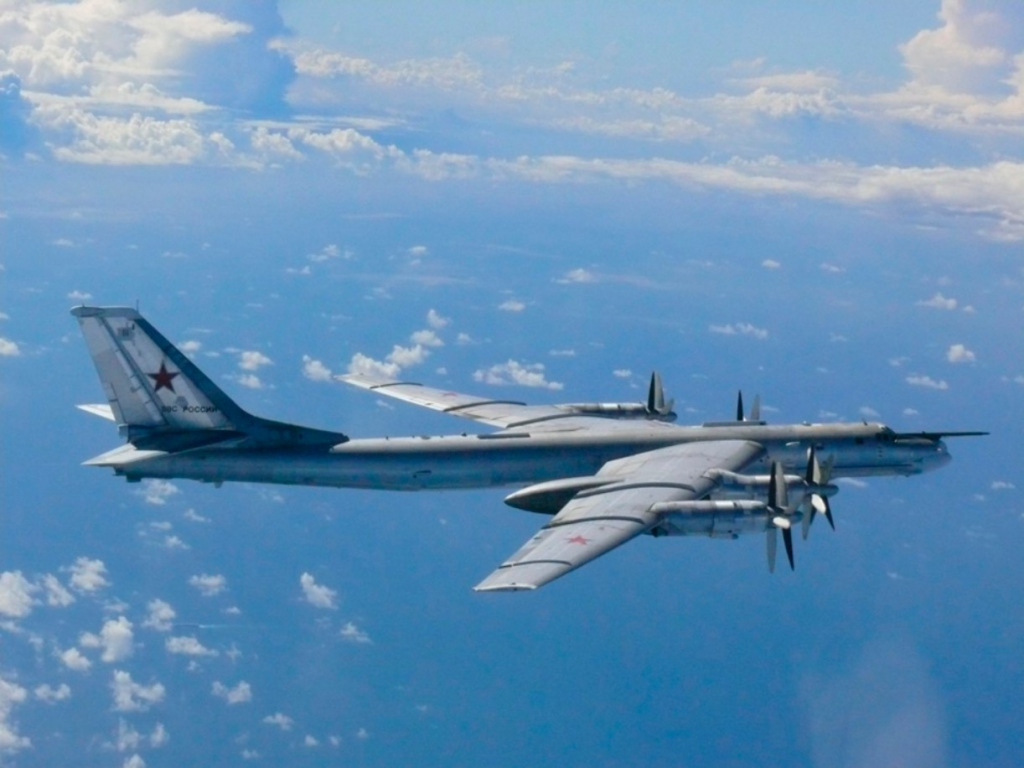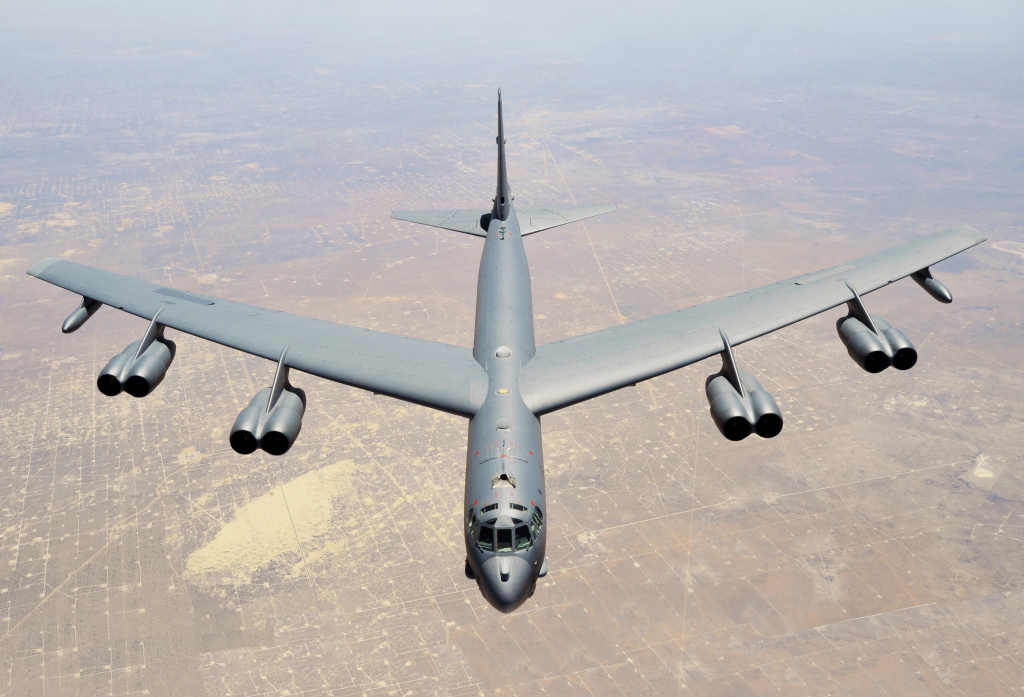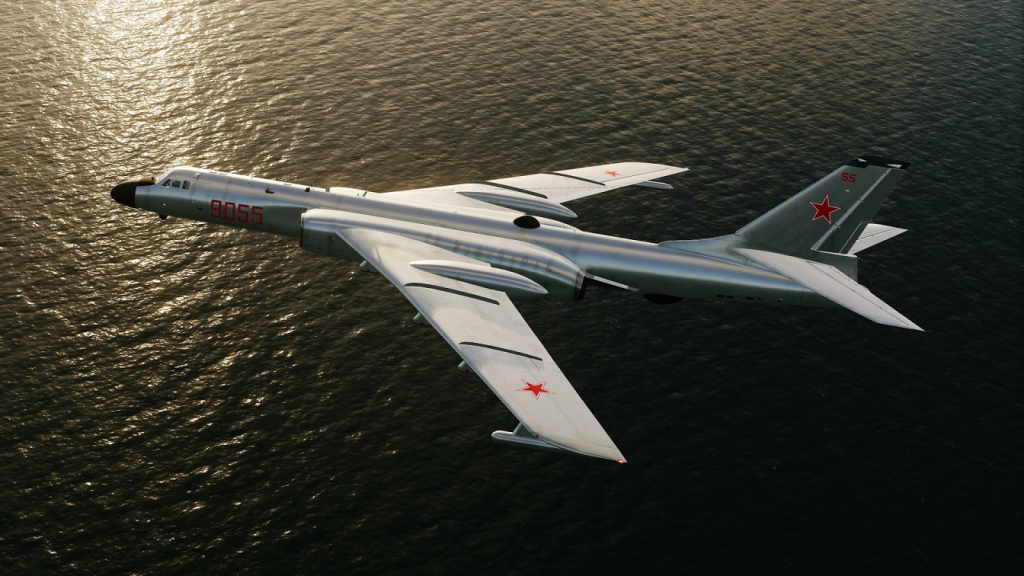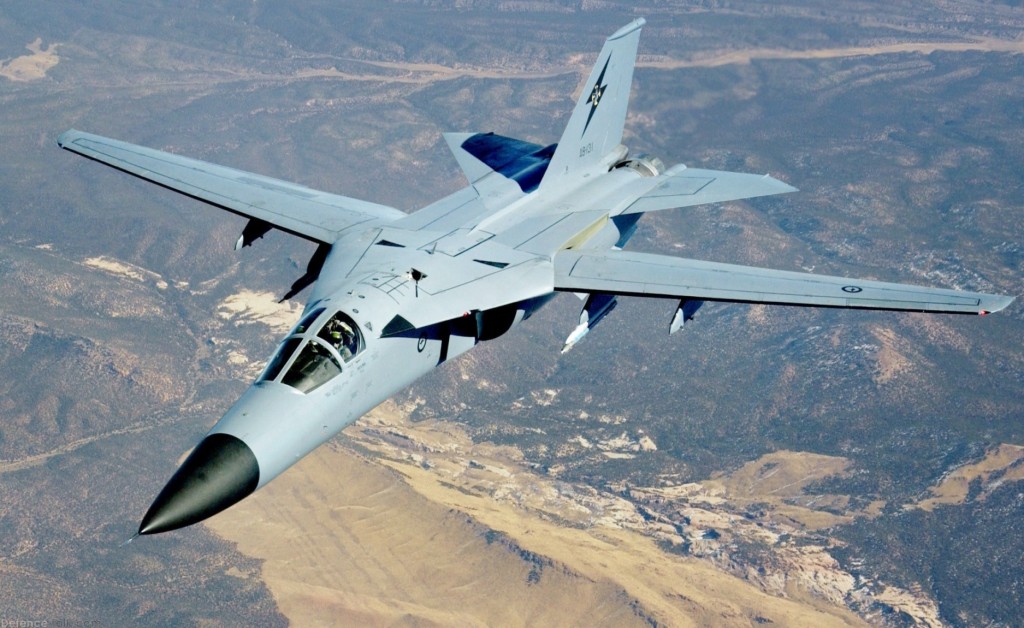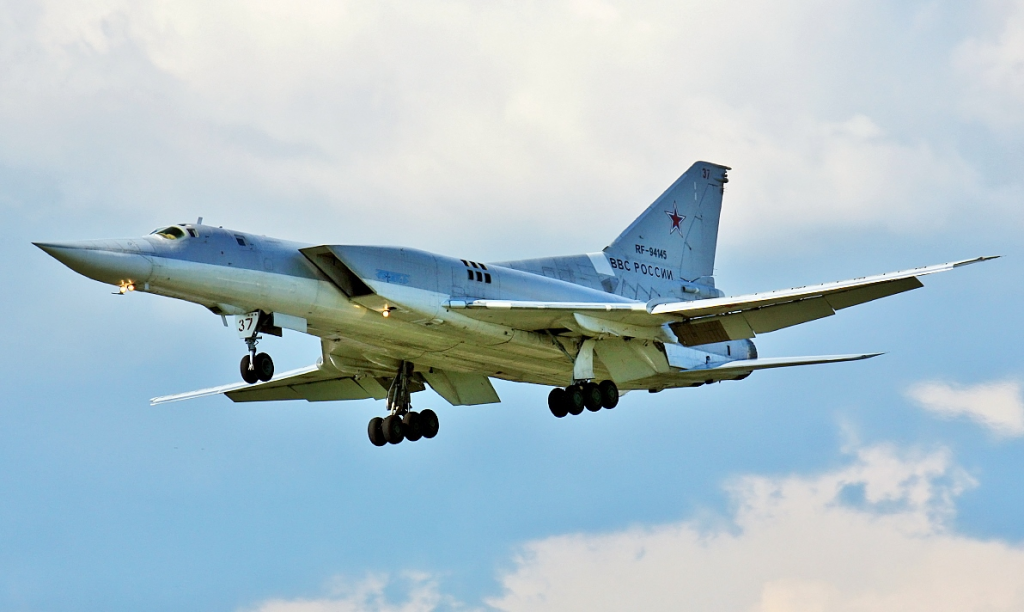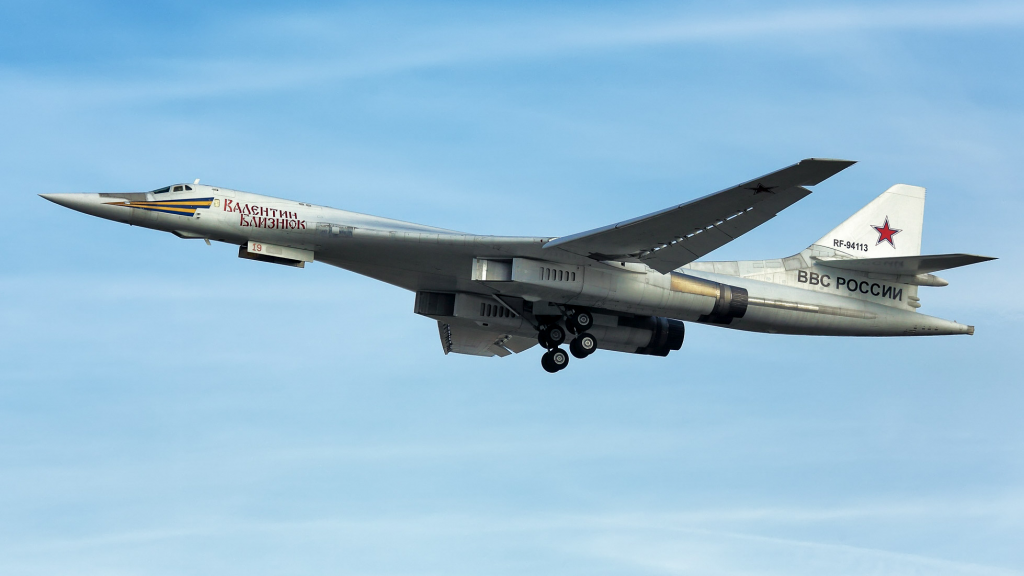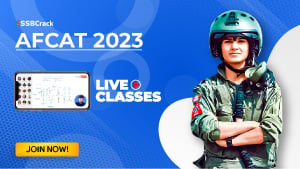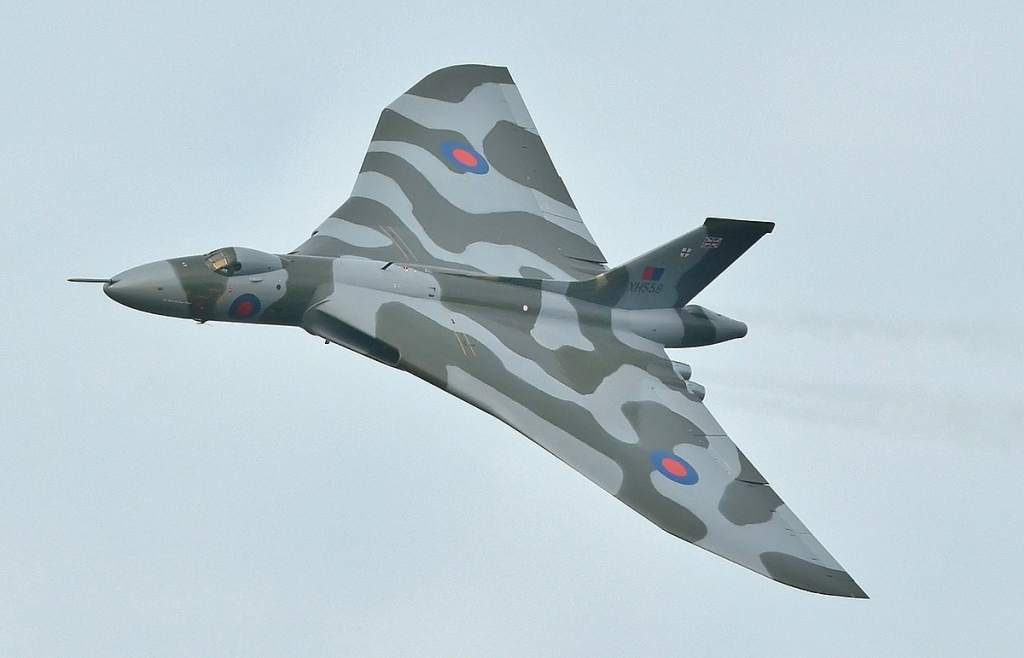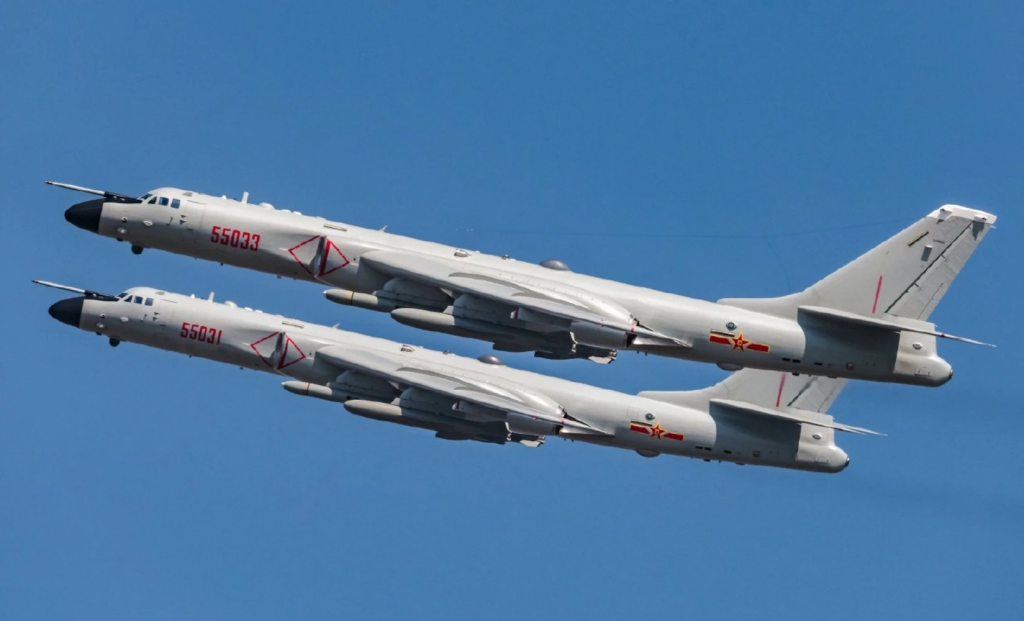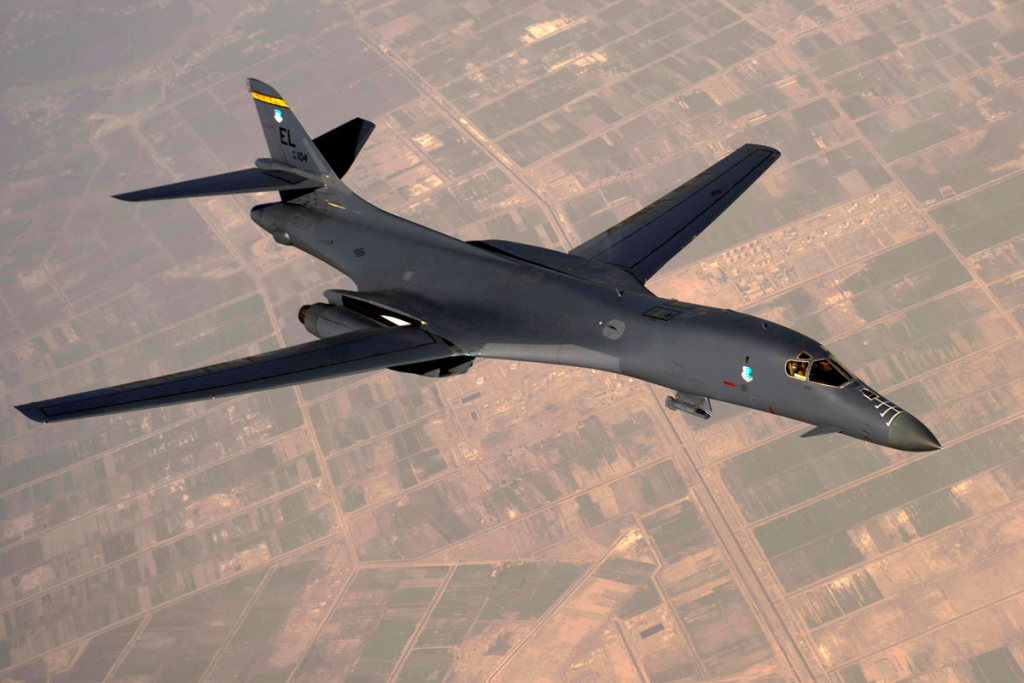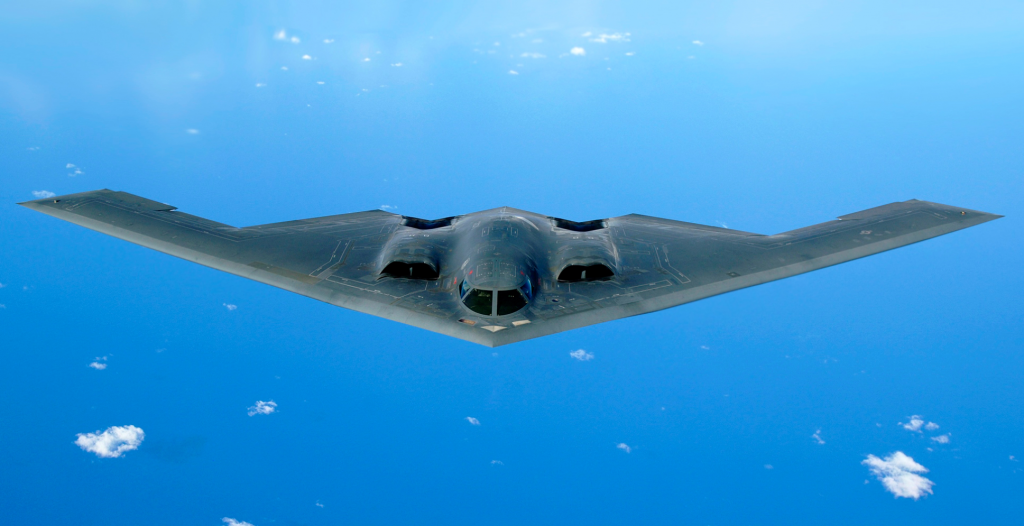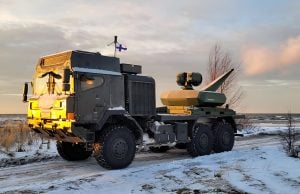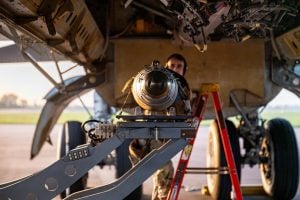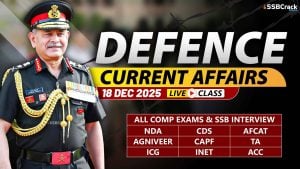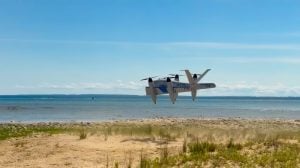A medium- to long-range penetrating bomber aircraft with the capability to drop significant quantities of air-to-ground weapons on a distant target in order to hinder the enemy’s ability to wage war is known as a strategic bomber. Strategic bombers are built to fly into enemy territory and destroy strategic targets, as opposed to tactical bombers, penetrators, fighter-bombers, and attack aircraft, which are used in air interdiction operations to attack enemy combatants and military equipment (e.g., infrastructure, logistics, military installations, factories, etc.).
Short History
During WWII, there was an increased need for military aircraft to carry large ordnance loads over medium-long ranges into hostile territory, reducing the target’s operational capabilities.
By the end of World War II, conventional free-fall weaponry had been surpassed by the atomic age, with the peak of strategic bombing missions culminating in the Hiroshima and Nagasaki attacks. It unleashed unprecedented levels of devastation, sparking a global arms race to develop more advanced aircraft capable of flying higher, faster, and further with heavy loads.
Basic designs have physically progressed to the point where any future updates tend to be electronic in nature, improving the aircraft’s navigation, radar, and precision while the airframes remain unchanged.
Also read: Does India Need A Strategic Bomber?
Tupolev TU-95 Bear
Strategic heavy bombers, unlike modern fighters, have longer operational lifespans, with Tupolev’s TU-95 Bear dating back to 1956. Tupolev expanded on the successful B29 design to create the “Bear,” a four-engined intercontinental bomber. Powered by four Kuznetsov NK12 turboprop engines, the aircraft can reach speeds of up to 574mph while flying over 9,000 miles.
Boeing B52 Stratofortress “BUFF”
Boeing’s B-52, affectionately known as “Big Ugly Fat Fella,” is still in service 70 years after it was introduced, replacing SAC’s piston-engined heavy bomber fleet. Eight Pratt & Witney TF33 series engines mounted in twin pods provide a combined 136,000 lbs of thrust, allowing a mixed payload of up to 70,000 lbs. A higher cruising speed of 650mph with a range comparable to Soviet-era rivals reflects the design’s flexibility and ruggedness.
Also read: What Is The Difference Between AWACS And AEW&C?
Tupolev TU-16 Badger
Tupolev’s TU-16 Badger, which served with the former Soviet states for over 60 years, entered service in 1954 in response to the superior strategic bombing platforms of the US Forces. Initially introduced in conventional free-fall bombing variants, the Badger B appeared with nuclear capability in the mid-1950s, designed to carry Soviet AS-1 cruise missiles. Twin RD-3M turbojets provided 41,000 lbs of thrust, enough to cruise at 600mph over 4,500-mile ranges.
General Dynamics F-111 Aardvark
When combined with Pratt & Witney’s TF30 engines, variable geometry wings provided General Dynamics’ F-111 with fighter-level performance capable of reaching Mach 2.5 at high altitudes. The F-111’s impressive performance jeopardized its payload and endurance, with internal fuel limiting range to 3,100 miles and a maximum take-off weight of 100,000 pounds. The last operational aircraft with the RAAF was retired in 2010, 43 years after the type was first introduced.
Tupolev TU-22M Backfire
Tupolev returned to the wind tunnel to improve the aircraft’s handling flaws, extensively updating its design to the Tu-22M specification, finally able to meet its intended role. The TU22distinctive M’s appearance is due to unusual variable geometry applied to the outer half of its wing profile, which also improves short take-off capabilities. Operating at high altitudes of up to 43,000 feet allowed Backfires to reach their top speed of 1100 mph, though they typically cruise at 500 mph for maximum range.
Also read: Top 5 Fighter Jets Of Indian Air Force
Tupolev TU-160 Blackjack
Tupolevs TU-160 has supersonic capabilities and variable geometry wings, similar to Rockwell’s B1 Lancer program, with the Backfire having a more angular overall appearance. When it entered service in 1987, it was the largest and heaviest supersonic military aircraft, weighing in at 242,000 lbs and capable of reaching speeds of nearly 1,400mph.
Avro Vulcan B2
Originally designed to carry nuclear-armed Blue Steel missiles, AV Roe’s Vulcan served as the most advanced of the three designs in the UK’s “V” bomber force. The delta wing was designed, and it was powered by four Rolls-Royce Olympus jet engines. Vulcans had excellent high-speed performance and maneuverability, eliminating the need for defensive armaments and relying on their top speed of 644mph to avoid detection.
Xian H-6
It should be because the Xian H-6 is a license-built variant of the Tupolev TU-16, with later H6A models designed to be nuclear-capable and used to test China’s ballistic nuclear missiles. Externally identical to Tupolev’s design, but with more powerful D-30KP turbojets and larger air intakes, while Xian completely redesigned the type’s flight deck.
Rockwell B1 Lancer
Lancers, a stop-gap interim design that entered service in 1986, remains an important part of SAC’s arsenal, combining heavy payloads and supersonic flight capability. The high performance is due to two factors: variable-geometry wings provide better aerodynamics at high speeds, and four General Electric F101 engines provide a combined 120,000 lbs of thrust. The Lancer’s intercontinental range, a maximum speed of Mach 1.2, and an internal load of 70,000 lbs make it a formidable tool.
Northrop Grumman B2 Spirit
The futuristic-looking B2 first flew in 1989 before entering operational service in 1997, with the type actively deployed over Kosovo in 1999. The B2, which was designed to be a strategic nuclear bomber, uses stealth technology to “hide” from enemy radar, which is still a closely guarded secret today. The USAF is the sole operator, and only 21 examples have been completed, with plans to keep them operational until 2032.
If you liked the article do share it with your friends. Follow SSBCrackExams for more articles.
To crack the SSB Interview, You can join our SSB interview live classes batch and we recommend you to Enroll SSB INTERVIEW ONLINE COURSE. Trusted by thousands of defence aspirants.
Also read:
- Top 5 Fastest Fighter Jets In The World
- Top 5 Fighter Jets Of Indian Air Force
- Top 10 Combat Drones In The World
- Why IAF Su-30 MKI Is The Backbone Of The Fighter Fleet?
- All About C-295 Aircraft Being Manufactured By Tata And Airbus
- Difference Between IAF Rafale VS IAF Sukhoi 30
- Everything You Need To Know About Rafale Fighter Jet
- Everything You Need To Know About LCA Tejas
